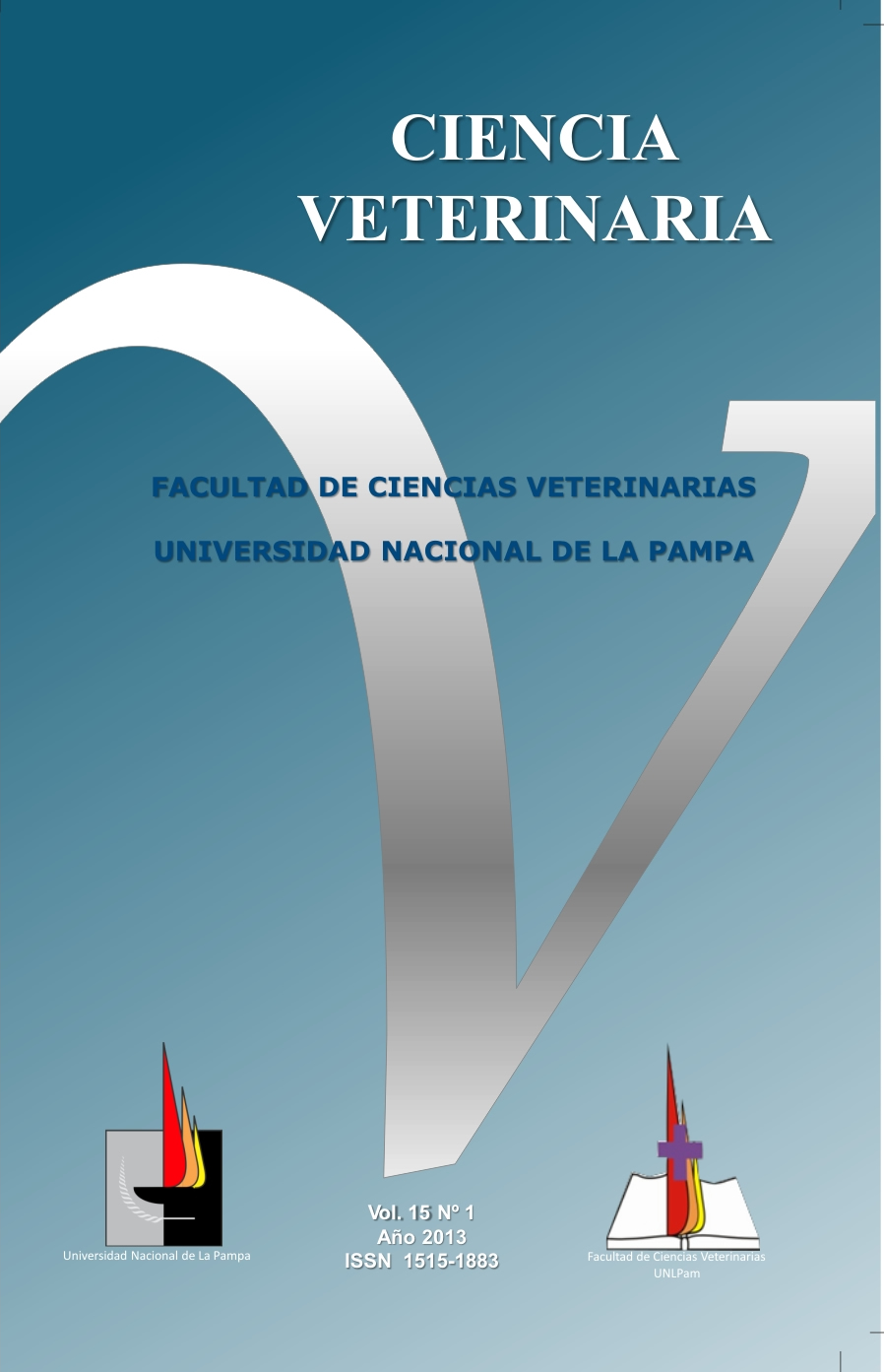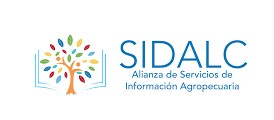Eficiencia alimenticia en machos y hembras de dos híbridos experimentales de tres vías de pollos camperos
Palabras clave:
Eficiencia alimenticia, Relación de conversiónResumen
Se calculó la eficiencia alimenticia en machos y hembras de dos híbridos experimentales de tres vías de pollo campero (Campero Casilda y Campero Pergamino) y en Campero INTA como genotipo de referencia, en cinco períodos semanales consecutivos entre los 42 y los 77 días de edad y en el período global. El análisis del efecto de grupo genético en cada uno de los períodos mostró, en ambos sexos, ausencia de diferencias significativas en la eficiencia y sus variables asociadas. Los machos fueron más pesados, tuvieron mayor consumo medio diario y mayor aumento medio diario de peso y mostraron mayor eficiencia alimenticia y menor relación de conversión que las hembras. El análisis del comportamiento de las dos variables que confluyen en la determinación de la eficiencia muestra que al finalizar el cuarto de los cinco períodos (63-70 días de edad) los machos ya han alcanzado el peso objetivo de faena de 2500 g pero no la edad mínima requerida (70 días) por el protocolo de producción situación que no se evidencia en las hembras. Ello obliga a faenar los machos al menos una semana después con mayor peso (3000 g) pero, al pasar del 4º al 5º período (70-77 días) aumenta el consumo de alimento, y disminuye el aumento de peso lo que se traduce en una disminución de la eficiencia alimenticia o, su equivalente, un deterioro de la relación de conversión. En relación con estos caracteres los tres grupos genéticos presentan un comportamiento equivalente con valores de conversión (> a 3 kg de alimento por kg de aumento de peso) mayores que los habituales en el modelo productivo intensivo circunstancia que debe ser contemplada por las propuestas de producción de carne aviar en el marco de sistemas más o menos extensivos que ponen énfasis en la preservación del bienestar animal
DOI:http://dx.doi.org/10.19137/cienvet2013-1512
Descargas
Descargas
Publicado
Cómo citar
Número
Sección
Licencia
Al momento de enviar sus contribuciones, los colaboradores deberán declarar , de manera fehaciente, que poseen el permiso del archivo o repositorio donde se obtuvieron los documentos que se anexan al trabajo, cualquiera sea su formato (manuscritos inéditos, imágenes, archivos audiovisuales, etc.), permiso que los autoriza a publicarlos y reproducirlos, liberando a la revista y sus editores de toda responsabilidad o reclamo de terceros , los autores deben adherir a la licencia Creative Commons denominada “Atribución - No Comercial CC BY-NC-SA”, mediante la cual el autor permite copiar, reproducir, distribuir, comunicar públicamente la obra y generar obras derivadas, siempre y cuando se cite y reconozca al autor original. No se permite, sin embargo, utilizar la obra con fines comerciales.




.jpg)

4.png)


7.png)






